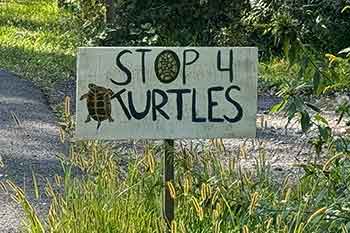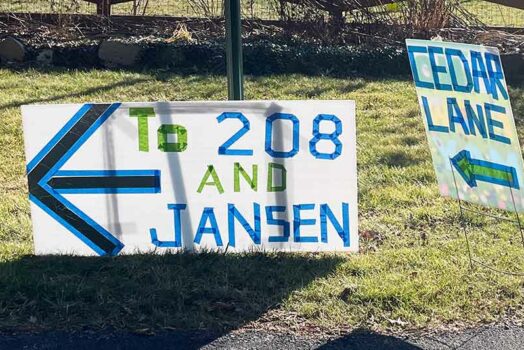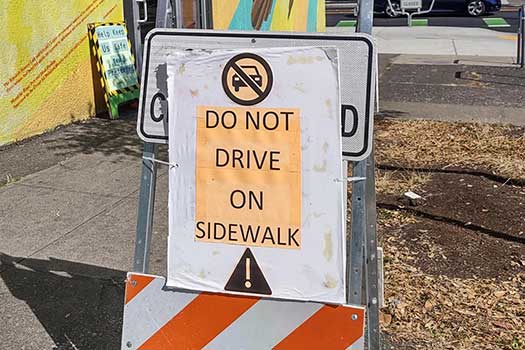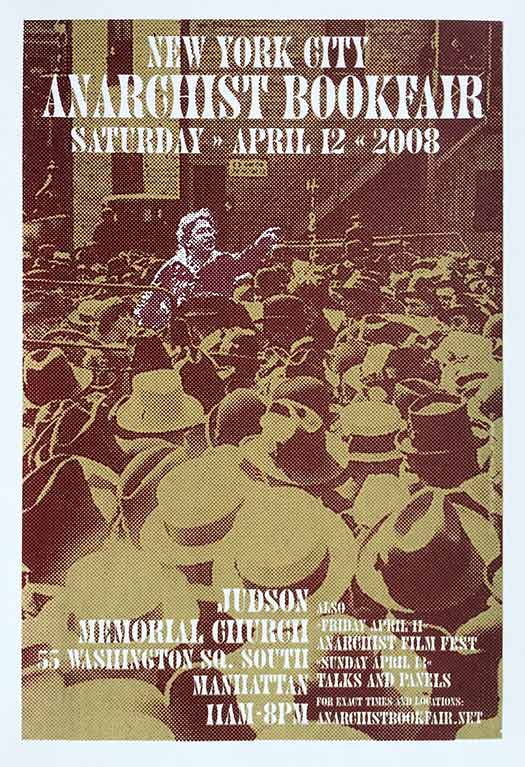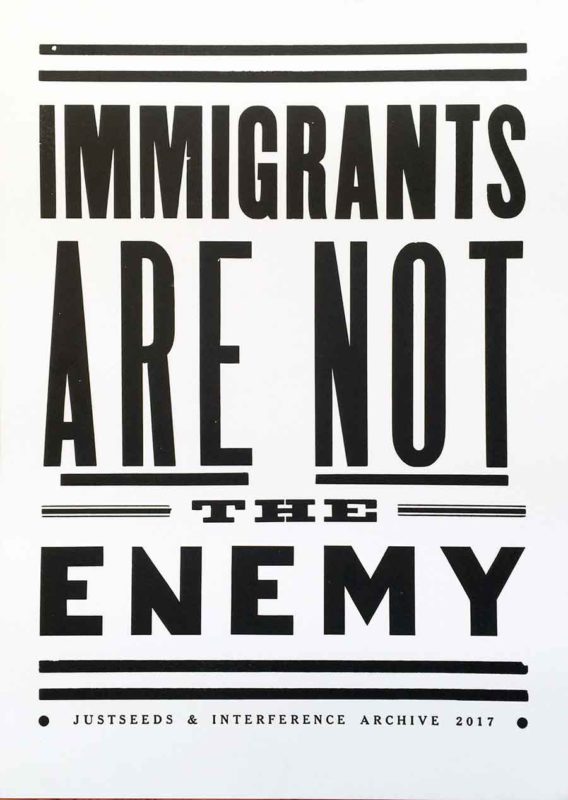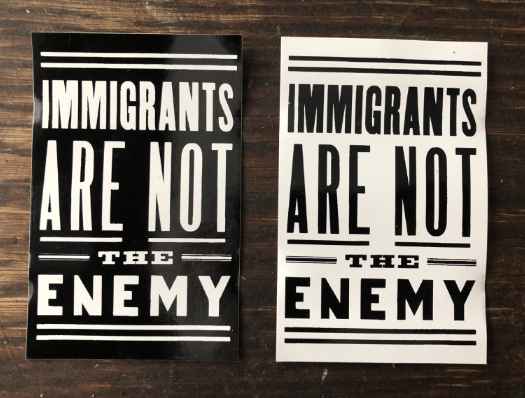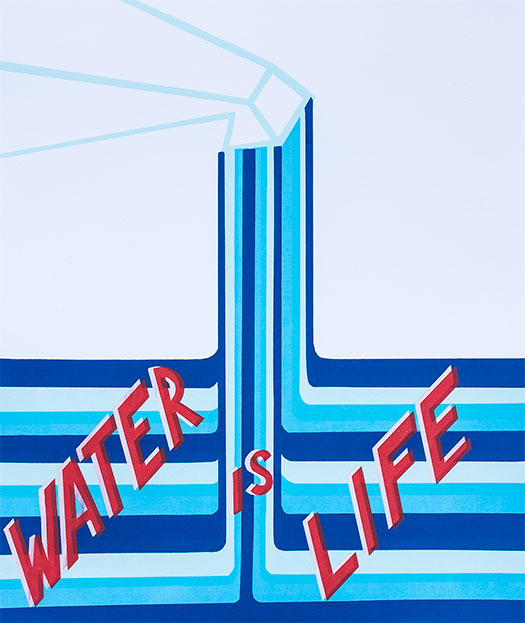The following essay was written for the anthology Revolutionary Love Letters (Minor Compositions, forthcoming in 2013), edited by Jamie Heckert, who kindly and lovingly gave me permission to share it with you now. I originally wrote my “letter” last April, in the bittersweet time of the spring after Occupy, but recently polished it a bit, following an extraordinary summer of social-movement amour in the streets of Montreal, amid the student/social strike. Perhaps what I want to say about love and transformation lies somewhere in between.
The Shades of Love
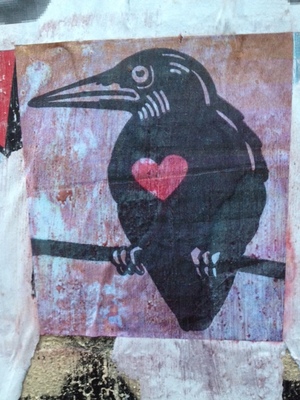
When I was a little kid, we had this big weeping willow tree in our backyard, and when it was in full bloom, its slender overhanging branches would form a porous pale-green umbrella arching from sky to ground with expansive space underneath. Open space. Yet delicately screened too.
From inside, seated on the gently compacted earth, you could see outside, softly, through the millions of little leaves playing gaily as the wind touched them. You could look outward through tiny peepholes, which in turn let in winking shapes of light like stars on a crystal-clear night, with each glimmer held in the embrace of the shadows cast by leaf after leaf.
I recently asked my six-year-old bio-niece what she meant by the word love, which she says several times a day to her mom, and she responded matter-of-factly, “Love is all that’s good.” She doesn’t have a weeping willow in her Orlando-sprawl backyard; only crunchy-dry grass and a too-small palm tree and blindingly unmediated sunshine.
Still, maybe my niece is on to something.
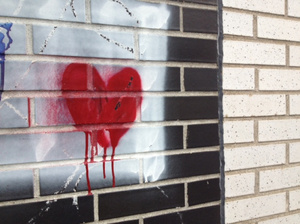
Of the otherworldly home created by my bluish-tinged weeping willow, I have only hazy memories, yet all of them elicit senses of goodness—variegated sensations, like the variegated foliage that made this permeable hideaway into what I now understand as a space of love. Or maybe it was one of my earliest teachers about where love happens, where we find it: not in the sun, but in the shade.
Some years ago, as the US government was ratcheting up its war on terror, I was part of an ongoing study group composed mostly of my chosen kin. My kindred anarchist crew and I spent hours debating capitalism, from what it actually is to what language besides “anticapitalism” could remotely capture any notion of a moral economy in the future, much less a good society. We also intellectually argued about which, if any, various categories—such as ecology, direct democracy, or imagination—capitalism couldn’t recuperate, or more precisely, might prove to be limits to it and thus linchpins in its undoing. Each category ultimately stumped us. And then someone proposed this: “love.”
After hours and hours of more deliberation, and despite our seemingly genuine feelings for each other, love too fell under the weight of our scrutiny, crushed by the heaviness of commodification and its loveless partner, alienation.
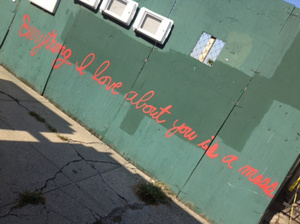
Yet after hours and hours in the increasingly congested space of what would soon stretch out across this continent and beyond as “occupy everywhere,” I began to again perceive love not as a hollow slogan but instead as a heartfelt bulwark against the psychic impoverishment of present-day capitalism. I started to understand it as a catalyst for and even complement to resistance against the material impoverishment of capitalism as well—echoes of the love and rage asserted by anarchists not so long ago. Moreover, as the months that feel like years since the early days of OWS have gone by, I’m discovering the potential within one of the most tender of revolutionary slogans: “we carry a new world here, in our hearts.” What if we shifted this phrase from mere words into the slightly reworded practice of enacting “a new world here, from our hearts”—as an integral, prefigurative component of social transformation? What if we also reworded it as the basis for why we want to reorganize society—“a new world here, for our hearts”? Where would that loving world be situated?
This has led me to return, metaphorically, to my weeping willow and its shades of love.
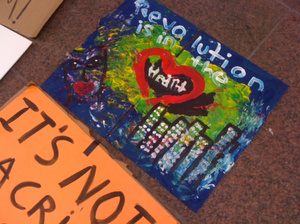
Humans and numerous other creatures and plants need warmth. On a basic biological level, we need to take in sunlight. On an emotional level, it doesn’t hurt either. But love in a time of capitalism can, I think, only thrive in the shadows.
Love can act like a shade tree, affording protection and retreat from the scorched-earth quality of contemporary society. Rather than being burned by it, even when it hurts, love as shade tree supplies subtle warmth, carried lightly on caressing breezes or in the sweet stillness. It is an interval of calm, a shelter that centers us.
Such respite is only temporary, though. And it isn’t enough. Unless love is more, so much more, we ultimately have to venture into the stifling heat again.
So love must work its magic in and against the gathering darkness, from the shadows, which gladly camouflage all that is taboo, all that is repressed, prohibited, forbidden, unthinkable. All that is unimaginable. Not because we can’t try to imagine it, of course, but instead because it’s near impossible to grasp the qualities of love beyond the quantity of today’s social order. To a great degree we have to be out of sight from what’s considered normative, normal, or natural, or what’s deemed legal by some, precisely so we can engage in risky experiments in what love can and ought to be. Risky because others likely will judge, condemn, imprison, or marginalize us in the here and now—or try to stop us altogether. But riskier still because although we’re fully consenting to the unbearable lightness of making our own love, we can’t be sure of where we’re headed in this murky dimness. In this shadow world, we can only play with possibilities, hoping to make love animate a host of intimacies—physical, emotional, social, and more—like the comforting boughs of my willow tree on a spring day.

Yet for my friends and I, the translucent bluish-golden-green curtain of leaves held a greater allure. It hid us—those of us who felt out of place in the harsh light of what passed for social reality—and equally welcomed the few others courageous enough to push past the leafy veil into and beyond the darkness, into our autonomous zone, and join us. Once inside, we plotted, dreamed, and schemed, since those outside—those who felt thoroughly at home in that world that wasn’t ours—apparently couldn’t see us, even though it was easy enough to glimpse our shadowy outlines. We were liberated to be as subversive as we chose. In terms of what we then thought were bold actions, mostly this translated into late-night forays to toilet paper trees outside the nearby houses of people we didn’t like, but in our defiance, we both forged deep connections between each other—love—and tried to wreck havoc on all that wasn’t loving in our tiny, youthful world.
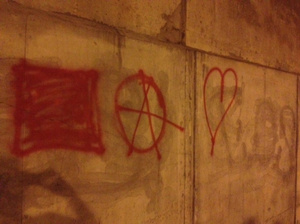
This is what the Arab spring in the place still called the Middle East, the occupy movement in the place still called the United States, and the student strike in the place still called Quebec were born of and started to do. This is the fresh air, the kiss of life, of all the uprisings globally of late. Love as desperately trying to break with the commodity logic. Love as freed and freeing verb. But also love as rainy some days, sunny on others, and snowy the next, as imperfect and unpredictable and surprising as any weather forecast, as a forever-unfolding process that’s intricate, complicated, and beautiful because it’s so messy, because it points to all that’s good.
Love—crafted out of the cry and sorrow emanating from the weeping of my willow, as embodied in the struggle to bring all the shades of love into the beckoning, diffuse light of a new world.
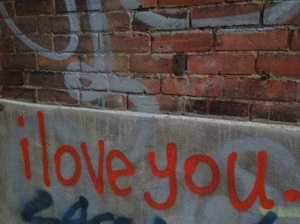
https://cbmilstein.wordpress.com/2012/10/19/the-shades-of-love/
(Photos by Cindy Milstein, on the streets of Philly, Montreal, and Brooklyn)
You can read more of Cindy’s writing at:
Outside the Circle
